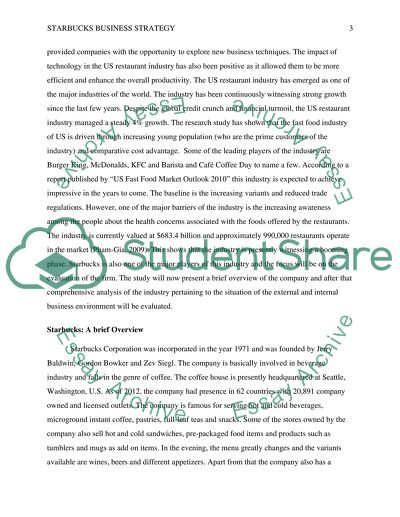Cite this document
(“Starbucks Business Strategy Case Study Example | Topics and Well Written Essays - 2750 words”, n.d.)
Retrieved from https://studentshare.org/marketing/1629825-starbucks-business-strategy
Retrieved from https://studentshare.org/marketing/1629825-starbucks-business-strategy
(Starbucks Business Strategy Case Study Example | Topics and Well Written Essays - 2750 Words)
https://studentshare.org/marketing/1629825-starbucks-business-strategy.
https://studentshare.org/marketing/1629825-starbucks-business-strategy.
“Starbucks Business Strategy Case Study Example | Topics and Well Written Essays - 2750 Words”, n.d. https://studentshare.org/marketing/1629825-starbucks-business-strategy.


